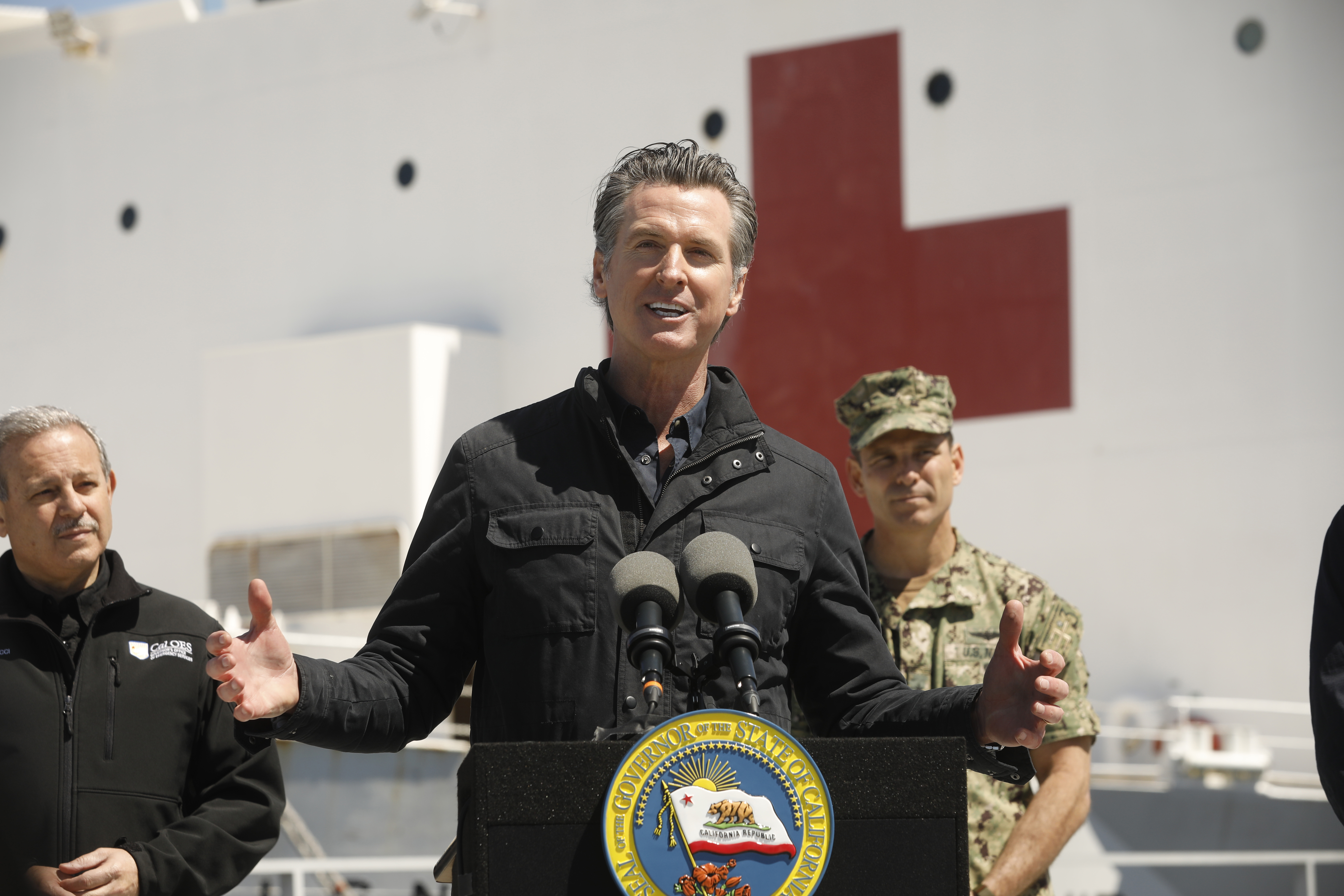 LOS ANGELES, CA – MARCH 27: California Governor Gavin Newsom speaks in front of the hospital ship USNS Mercy that arrived into the Port of Los Angeles on Friday, March 27, 2020, to provide relief for Southland hospitals overwhelmed by the coronavirus pandemic. Also attending the press conference were Director Mark Ghilarducci, Cal OES, left, Admiral John Gumbleton, United States Navy, right, and many others not shown including Mayor Eric Garcetti and Dr. Mark Ghaly, Secretary of Health and Human Services. (Photo by Carolyn Cole-Pool/Getty Images)
LOS ANGELES, CA – MARCH 27: California Governor Gavin Newsom speaks in front of the hospital ship USNS Mercy that arrived into the Port of Los Angeles on Friday, March 27, 2020, to provide relief for Southland hospitals overwhelmed by the coronavirus pandemic. Also attending the press conference were Director Mark Ghilarducci, Cal OES, left, Admiral John Gumbleton, United States Navy, right, and many others not shown including Mayor Eric Garcetti and Dr. Mark Ghaly, Secretary of Health and Human Services. (Photo by Carolyn Cole-Pool/Getty Images) California Gov. Gavin Newsom, a Democrat, announced a four-stage plan to start reopening California, including a suggestion that schools could reopen in July.
The state is currently in Stage 1, when the goal is to expand testing and contact tracing, ensure that hospitals and medical personnel have the resources necessary to handle a surge in COVID-19 patients and get businesses ready to have the capability of maintaining social distancing. In Stage 2, certain businesses would start to reopen, including retail, manufacturing and offices in which it’s not possible to work remotely. Environments deemed higher-risk would begin to reopen in Stage 3, including gyms, beauty salons, houses of worship and movie theaters. Sports could resume without audiences under Stage 3.
Stage 4, the final stage, is the full return to normalcy.
CA has made progress bending the curve but the risk of #COVID19 is still very real.
Today, Governor @GavinNewsom announced details on how CA plans to modify the Stay-At-Home order in the future.
These modifications are based on science, health & data & will happen in 4 stages: pic.twitter.com/KUDhu7sowk
— Office of the Governor of California (@CAgovernor) April 28, 2020
Newsom said that Stage 2 could happen in a few weeks, but Stage 4 likely wouldn’t occur for months.
“If we pull back too quickly and we walk away from our incredible commitment to not only bend this curve but to stop the spread and suppress the spread of this virus, it could start a second wave that could be even more damaging than the first and undo all of the good work and progress that you’ve made,” he warned.
He also suggested that schools could begin to reopen in early July or August, arguing that children in homes without internet access or whose parents are working essential jobs aren’t getting adequate access to education.
“If we can maybe start up the school year a little earlier, maybe we can help close that gap,” Newsom said.
Los Angeles Unified School District (LAUSD) Superintendent Austin Beutner said on April 27 that the district can’t reopen until it has enough testing equipment and contact tracing resources.
“Our 75,000-plus employees serve the needs of almost 700,000 students who live with another couple of million people,” he said. “Will testing be available for all of these individuals and who will pay for it? This is the sort of challenge which lies ahead.”


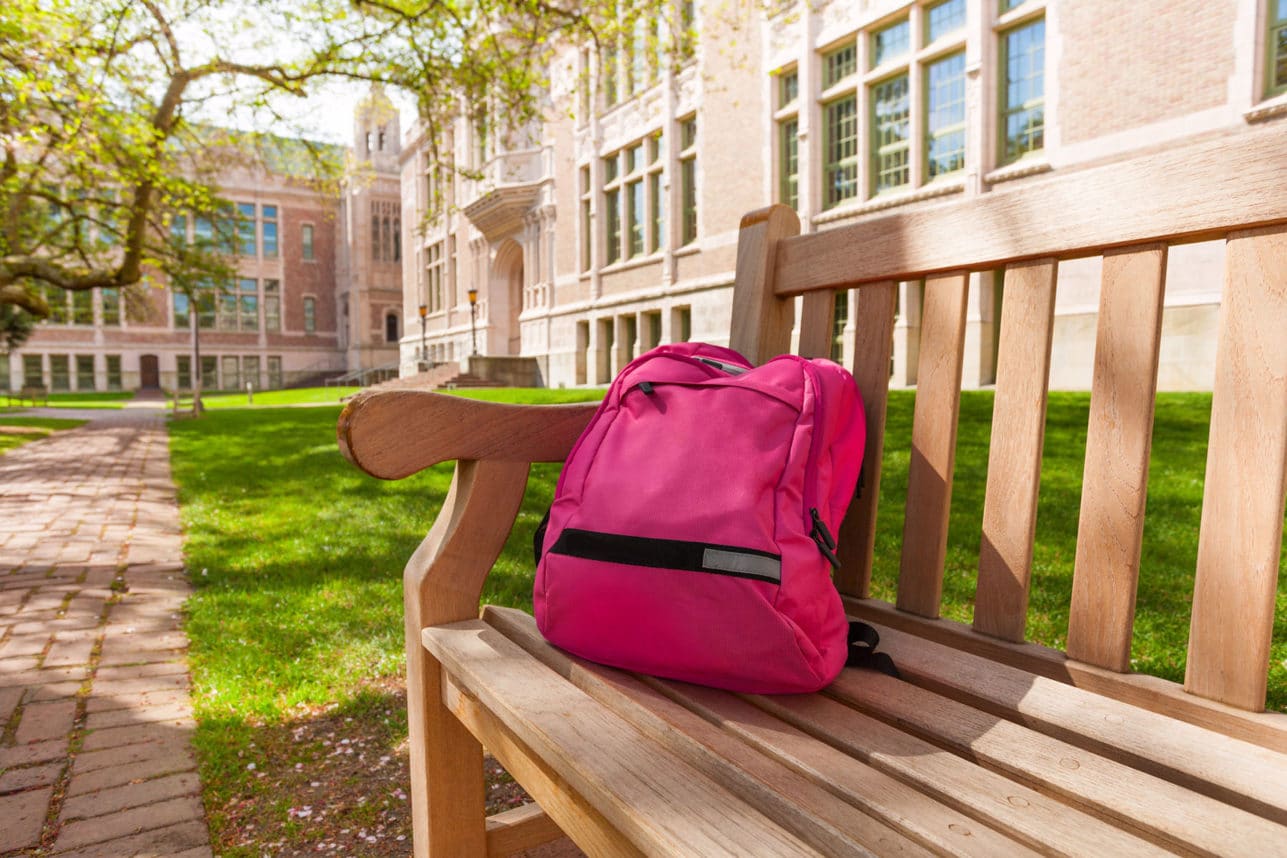

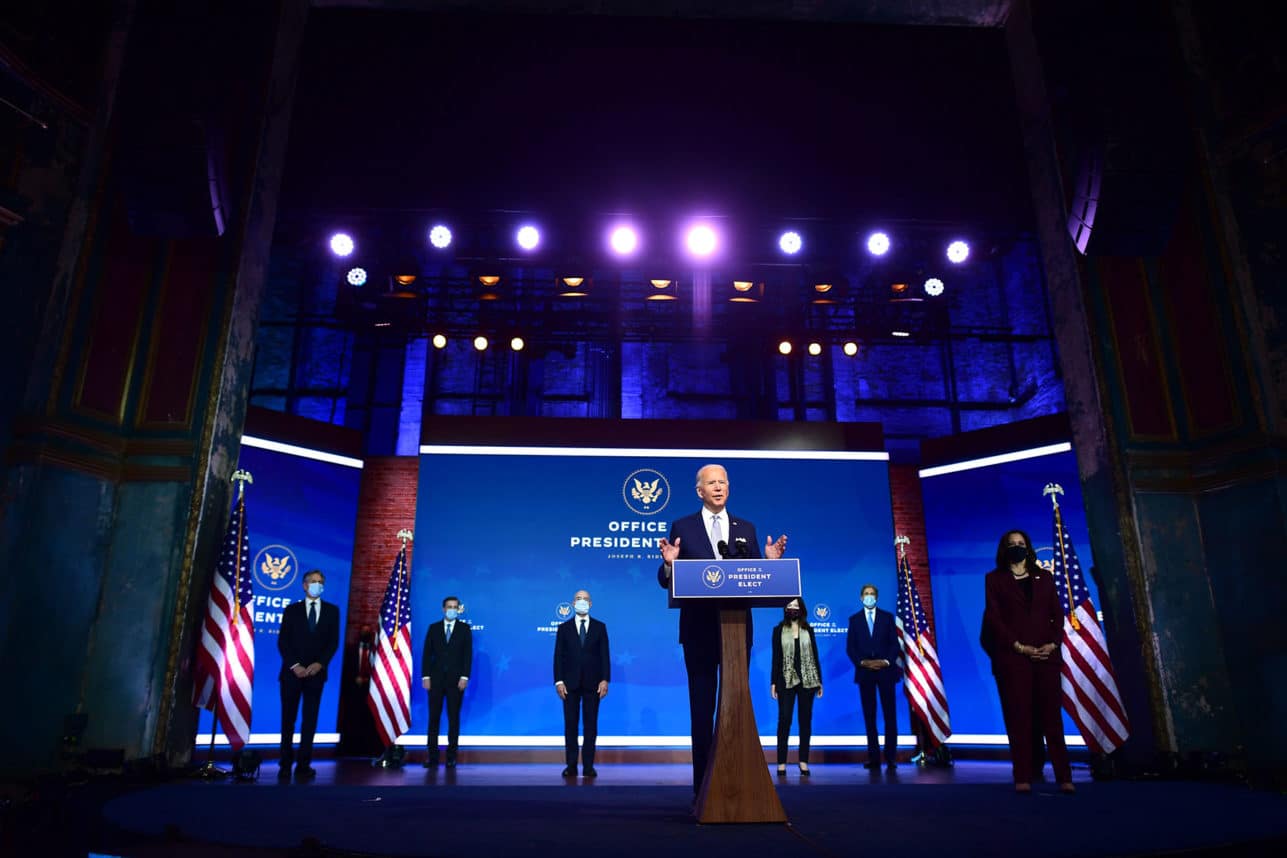






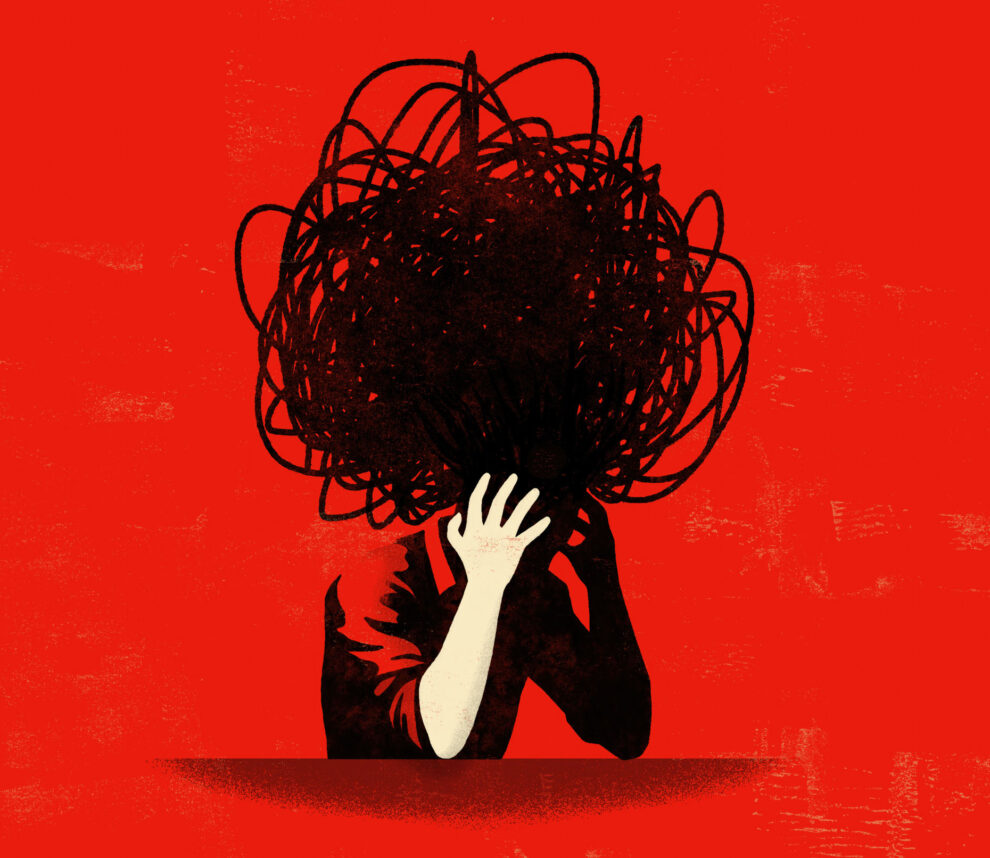

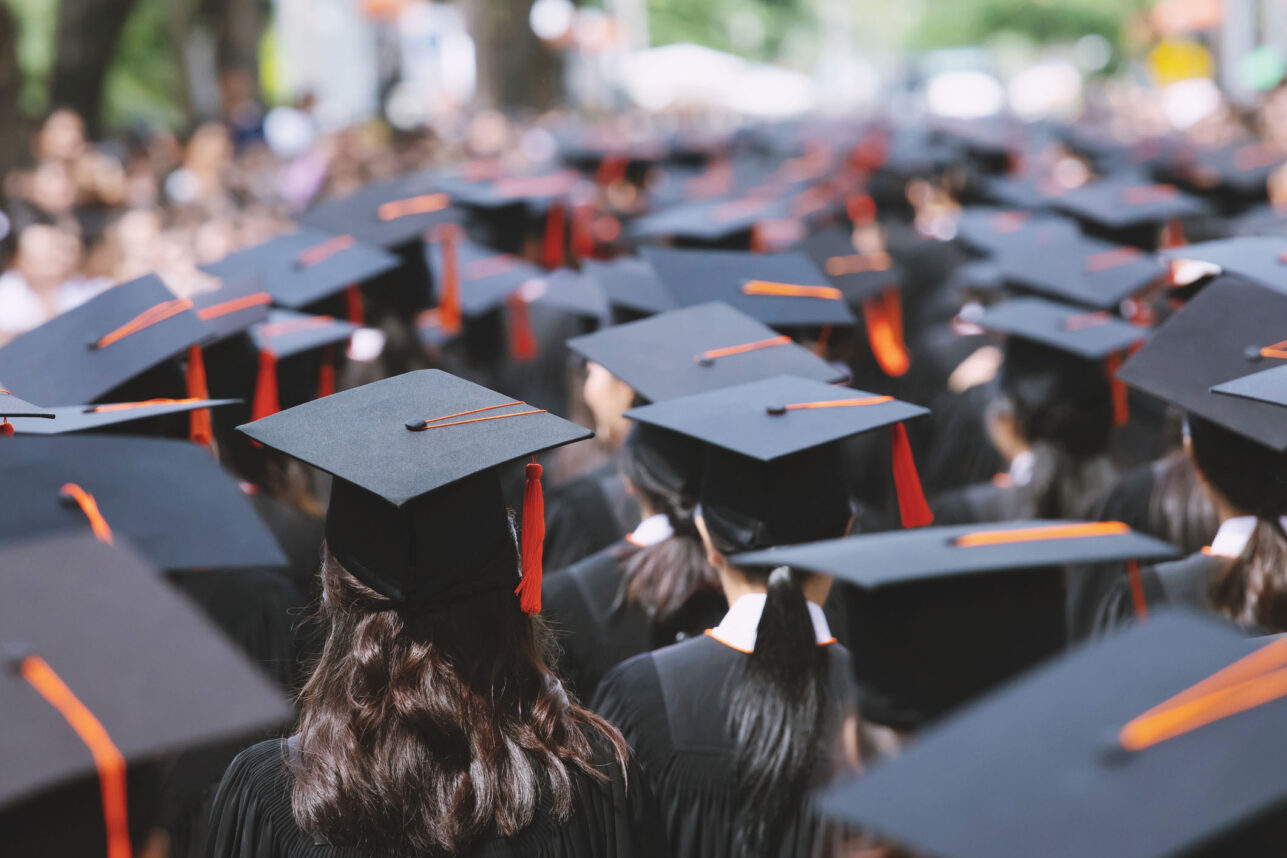




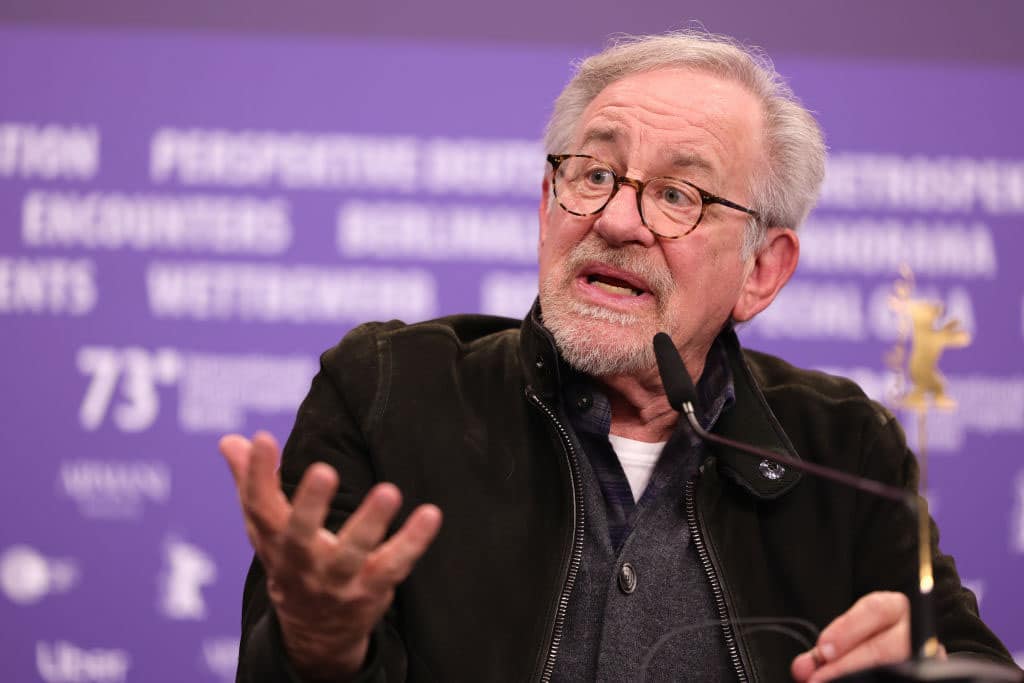


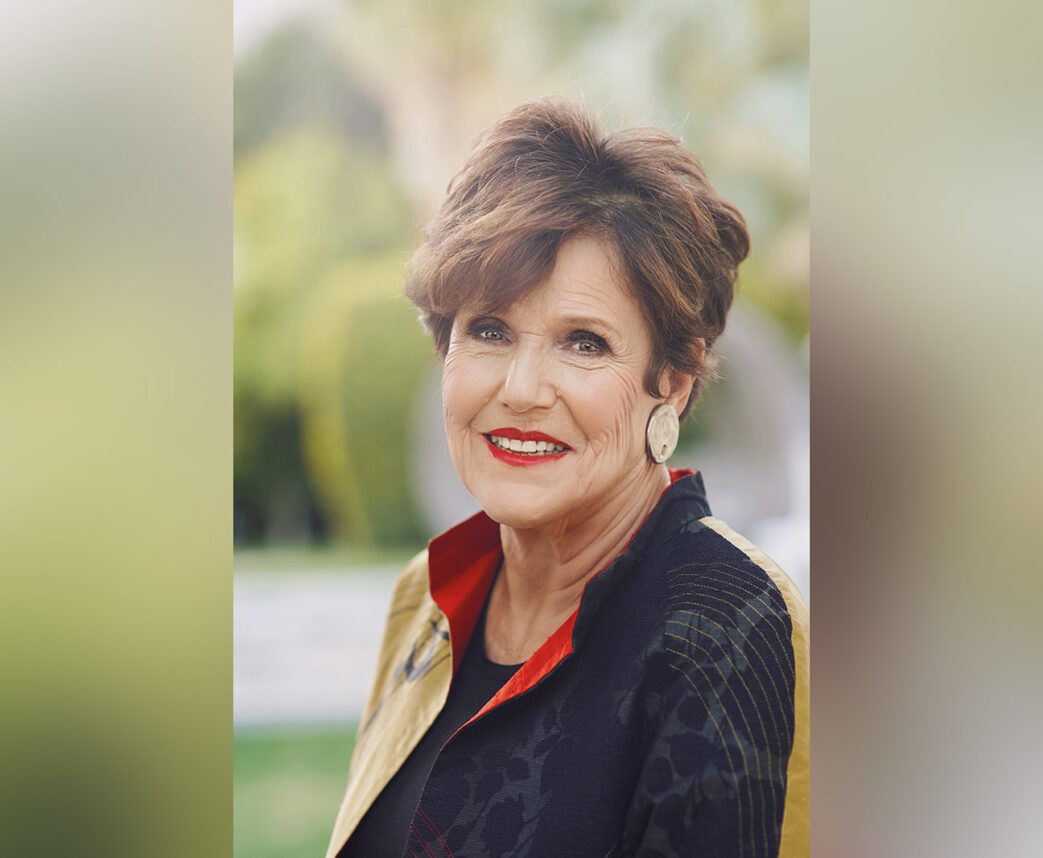

 More news and opinions than at a Shabbat dinner, right in your inbox.
More news and opinions than at a Shabbat dinner, right in your inbox.